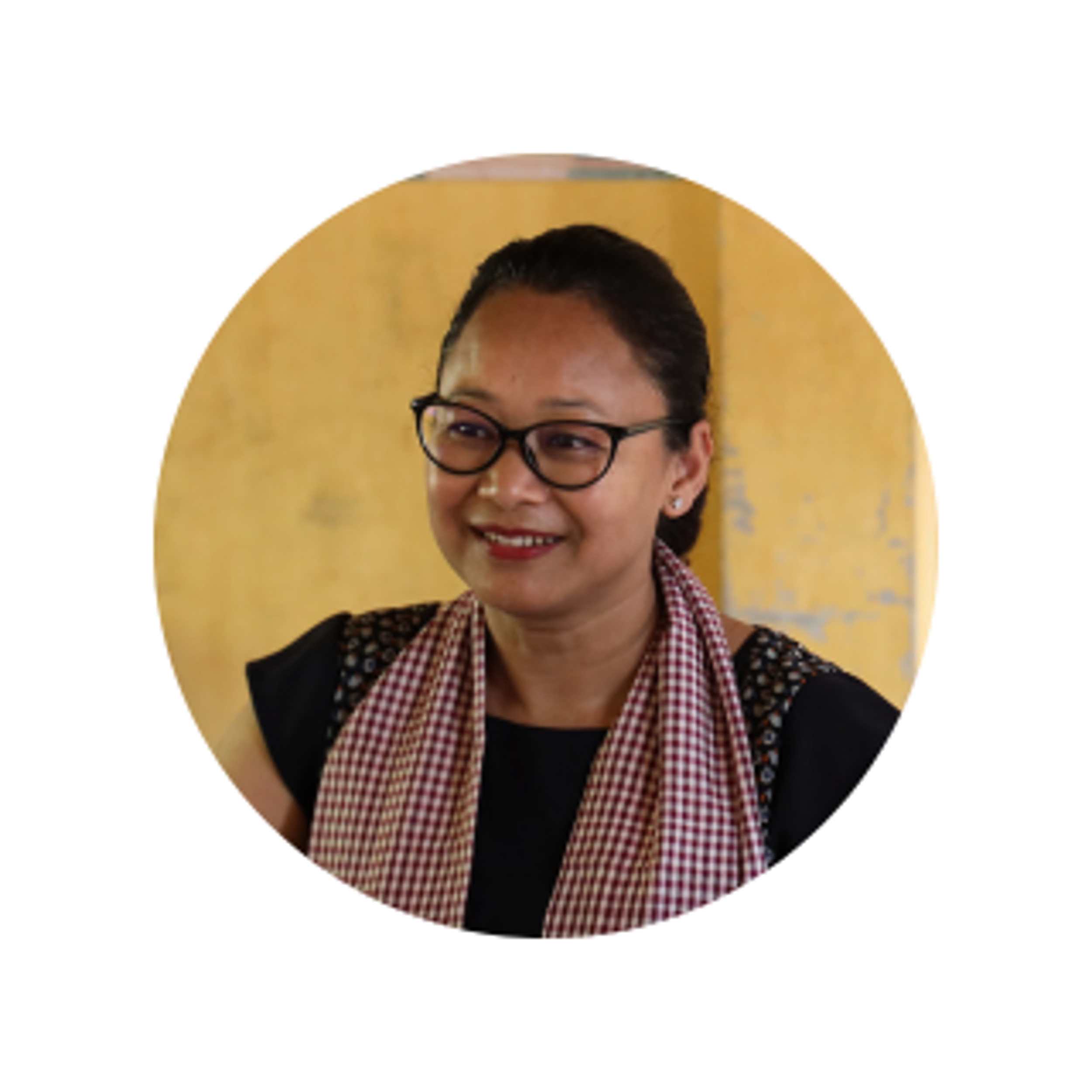Climate change and gender equality: Why girls’ education is key to climate resilience
August 19, 2025

Reema Shrestha
Director of Room to Read's Gender Equality Portfolio, South Asia
The effects of extreme disasters are not gender neutral. Climate change has a disproportionate negative impact on historically marginalized communities, which are some of the most vulnerable to extreme weather events, making existing inequalities worse. This is particularly true when it comes to women and girls.
But what exactly does being vulnerable to climate change and disaster mean? According to the UNFCCC glossary, vulnerability is defined as "the degree to which a system is susceptible to, or unable to cope with, the adverse effects of climate change, including climate variability and extremes." Vulnerability is measured by three factors: exposure, sensitivity and adaptive capacity.
To examine the intersection of climate change and gender equality, we need the perspectives of women. Women have historically played central roles in farming, food production and managing natural resources, such as land and water. Given their historically close relationship with the land, they hold invaluable ecological knowledge that can provide natural climate solutions to agriculture, water conservation, natural resource protection and waste management. Women are also often at the center of caring for their families and are positioned to build climate resilience and disaster preparation within their communities, decreasing the vulnerability of children, families and the elderly.
Therefore, it is essential that girls in communities with a high risk of climate adversities be equipped with the knowledge and skills that help their adaptive capacity. 
Addressing a global challenge as complex as climate change is not an easy task. But education is a powerful intervention in adaptation and community resilience against climate-induced disasters. While climate change disproportionately affects girls and women, girls and women can also play an important role in addressing climate change in their communities if they have the knowledge and skills to do so.
UN Women/Women Count conducted a study to examine the relationship between climate change and gender-related outcomes in several Asian countries by combining demographic health survey (DHS) data with geospatial climate data.
Using machine learning (random forest) and logistic regression analysis[1], the study found strong links between climate factors — such as rising temperatures, droughts, aridity and proximity to lakes or coastlines — and negative gender outcomes. These outcomes included higher risks of child marriage, adolescent births, and lack of access to clean drinking water and cooking fuel. The effects were especially pronounced in countries like Bangladesh, Nepal and Cambodia, where child marriage is more prevalent. The study highlights that climate change disproportionately affects vulnerable populations and may hinder progress on key Sustainable Development Goals (SDGs), particularly those related to gender equality (Goal 5), clean water and sanitation (Goal 6), and clean energy (Goal 7).
Environmental factors are important in understanding the risk of early marriage, especially in countries where the practice is more common. For example, in all the countries studied, living near water, like lakes or the sea, was found to be one of the top five factors linked to a heightened risk of child marriage. While water can help with jobs and income, it can also increase hardship in regions prone to worsening climate disasters, leading many families to arrange early marriages as a way to cope with increased hardship and financial instability. Similarly, living near water and in dry, arid regions is linked to higher chances of early pregnancy, especially in places like Bangladesh and Nepal.
Acknowledging the current impacts of climate crises, Room to Read is deepening our commitment to promoting gender equality by nurturing foundational life skills, including those focused on climate justice, in adolescent girls and children of all genders. When girls understand the science of climate change, and the relationship between climate change and gender equality, they build the skills to lead innovation in climate science, renewable energy, green technologies, clean water and sanitation and other climate actions.
That’s why we initiated our two-year Climate Justice Club curriculum in Vietnam and Nepal. Our content and curriculum focus on the intersection of climate change and gender equality, girls’ education and leadership, and is delivered by educators trained by Room to Read on the gendered consequences of climate change. Clubs seek to answer the following questions:
- What is climate change?
- What influences climate change? And what are the underlying causes?
- What does climate change look like in our world, and what actions can make a meaningful difference?
Sessions ask adolescents to research the various drivers of climate change, and prompt adolescents to investigate how communities most vulnerable to climate disasters can take action to solve climate-related challenges. 
Our approach is working. A recent study conducted by our Research, Monitoring and Evalution team found that our Climate Justice Clubs have helped increase awareness of climate change and gender equality among participating girls and their families. After participating in the club, girls noted changes in their behaviors, making informed choices about climate change mitigation and adaptation strategies. They shared new approaches to waste and recycling, a greater interest in ecology, specifically tree planting, and a growing interest in reducing plastic consumption. Girls also described leading conversations on climate change and gender equality in their families and communities, reflecting an increase in confidence and capacity for decision-making.
Participants in our Climate Justice Club are putting their learning into action — from conserving energy to promoting sustainable waste management in their homes and communities.
One of our participants, Kalpana, from Banke District, Nepal, noted that she planted a tree last year for World Climate Action Day and now stewards the tree alongside her family. She understands that deforestation is one of the main causes of global warming and wants to contribute to forest health in her community.
Komal, another Girls’ Education Program participant, shared: "I have adopted a more environmentally conscious approach by reusing plastic items and minimizing the use of single-use plastics at home. Room to Read’s climate-focused life skills sessions played a crucial role in transforming my habits and fostering a greater sense of responsibility towards sustainable living."
The intersection of climate change and gender inequality and education reveals both a pressing challenge and a powerful opportunity. While climate change disproportionately affects girls and women — especially those in historically low-income, marginalized and vulnerable communities — it is clear that through education, girls can drive meaningful, lasting change. Our Climate Justice Club programming demonstrates how we can effectively equip girls with knowledge and leadership skills, not only strengthening their ability to adapt and respond to climate crises but also inspiring positive behavior in families and communities. By centering girls in climate action, we are addressing gendered vulnerabilities and nurturing a generation of informed, confident leaders who are ready to shape a more just, equitable and sustainable world.
[1] Logistic regression is a simple statistical method used to predict the chance of something happening (like whether a person is affected by climate change), based on factors like gender, location or income — and it clearly shows how each factor influences the outcome. Random forest, on the other hand, is a machine learning method that uses many decision trees to find complex patterns in large data and make more accurate predictions, though it’s harder to explain how each decision is made.






